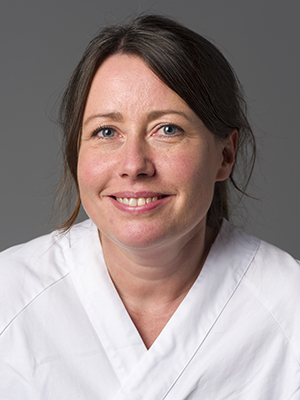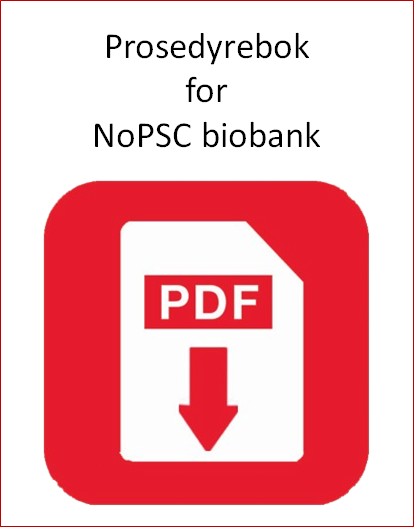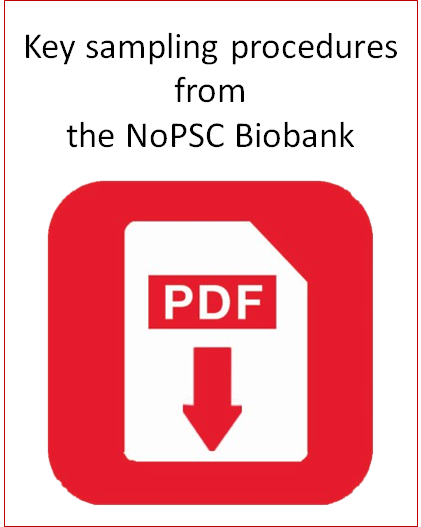NoPSC Biobank

The NoPSC Biobank is a modern digital biobank, where every sample is traceable throughout the system and where both clinical parameters and biological materials are registered.
The NoPSC Biobank was established in 2008 and during the years that followed a wide range of biological samples from patients with Primary Sclerosing Cholangitis (PSC) and other liver related liver diseases were collected. From 2013 we narrowed the collection to patients with PSC and cholangiocarcinoma, with a particular focus on following PSC patients prospectively. From 2018 the yearly control and follow up became a part of the routine for people with PSC patients, and we continue to collect samples and clinical data annually. From 2016 we widened the collection again to also include samples and clinical data from patients with other autoimmune liver diseases.
Currently we focus on the collection of blood samples for serum, DNA and RNA. In addition, we collect bile, brushes and surplus tissue samples from various procedures (eg ERCP, liver transplantation). A team of medically educated scientific personnel from NoPSC collects tissue samples from relevant explanted livers when there is a liver transplant, facilitated by expert contributions from pathologists at the Department of Pathology.
All samples in the biobank are stored in tubes with a two-dimensional barcode and scanned into the MEDinsight database. In the database every individual tube is connected to information regarding sample date, preparation procedure, volume and position. Standard operation procedures (SOP's) are established for each material category and are documented in the "Book of procedures for Biobanking at the Norwegian PSC Research Center" / "Procedurebok for NoPSC biobank" (see below).
After being positioned in the system, all samples are stored at either - 20 ° C, - 80 ° C or in liquid nitrogen. The MEDinsight database has an incorporated system for sample deposition, position and retrieval, and the samples are also connected to clinical information about the patient. Hence, retrieval from the biobank can be selected based on a wide range of clinical, technical and biological parameters.
As of 2025 we have collected more than 177.000 samples of serum, plasma (EDTA / BDP), CTAD tubes, bile, bacterial DNA from feces, brushes from bile ducts, biopsies and urine. Of these over 17000 samples have been withdrawn and used for research purposes.
For more information about all standard operating procedures (SOPs) see "Procedure Book for NoPSC biobank" (in Norwegian), including. A shorter version in English is also available “Key sampling procedures from the NoPSC Biobank” (both below).
Use of the Biobank material
Since 2009 different sets of materials from the NoPSC Biobank has been withdrawn close to 200 times. The majority of those withdrawals (almost 90) have been used by the Experimental Liver Research Group (Espen Melum) at NoPSC, in the study "Functional characterization of disease genes in primary sclerosing cholangitis". The rest of the withdrawals have been used by our other research groups: Genomics and Metagenomics in Inflammatory Disorders (Hov Group) and the Clincal Studies (Folseraas Group), under the following studies “Antibodies in primary sclerosing cholangitis”, “Genetic studies in primary sclerosing cholangitis ”and“ Early diagnostics in the development of cholangiocarcinoma ”. All studies are approved by the Regional Ethical board.


